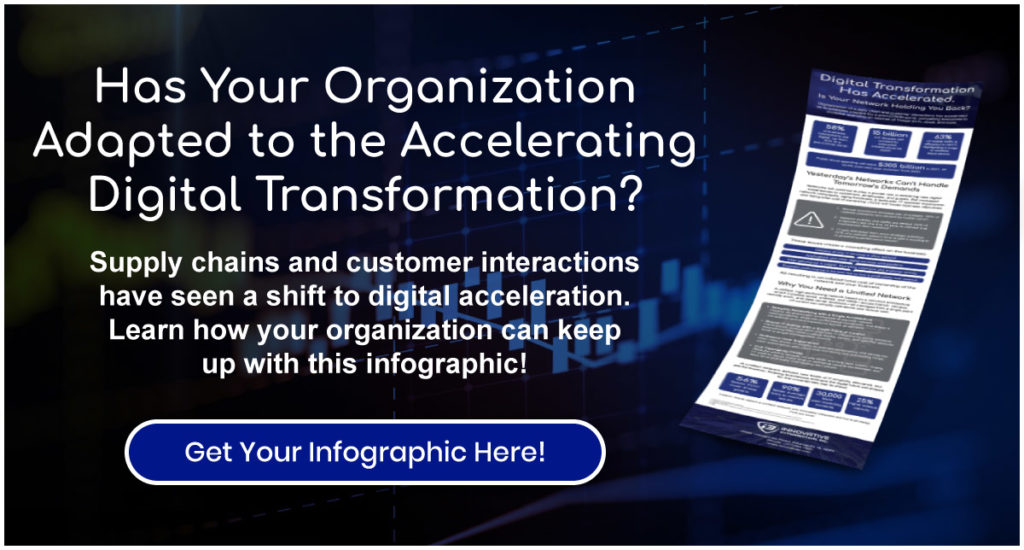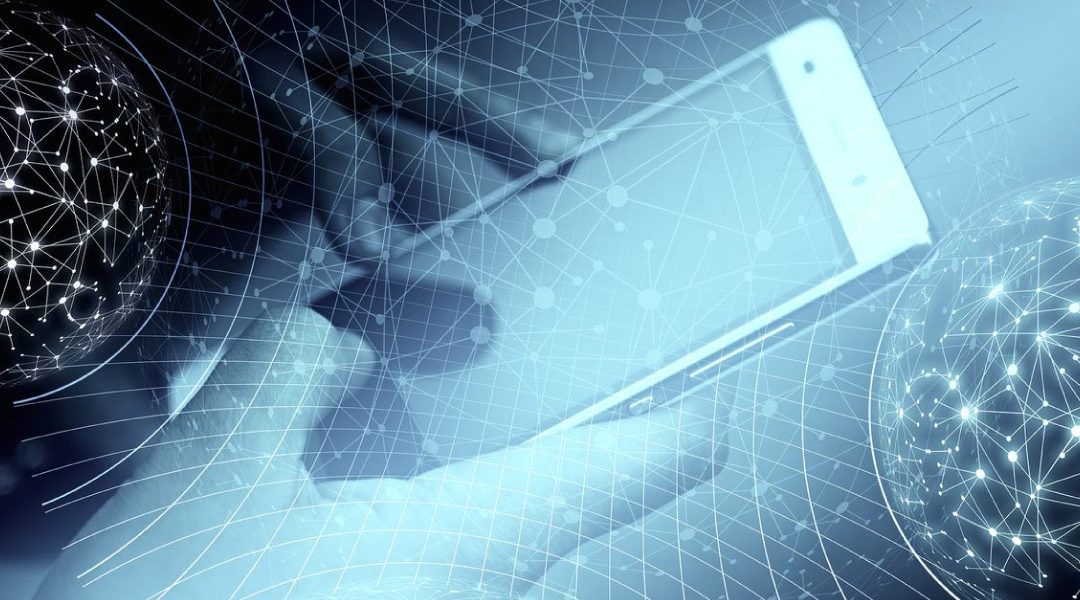Millions of Americans carry a cellphone. As millions of them continue to work remotely and the model continues its popularity, those smartphones are becoming more central to the way employees do their jobs. The downside, though, is that these phones can represent a weak point in the employer’s cybersecurity architecture. Therefore, it’s becoming increasingly critical that employers implement mobile device management into their framework. But what is mobile device management and how can it improve your cybersecurity posture?
Cybercrime is on the Rise! Click Here to See Cybersecurity Stats.
What is Mobile Device Management?
Mobile device management—often abbreviated MDM—is a piece of software which allows IT administrators to control, secure, and enforce cybersecurity policies specifically on smartphones, tablets, and other endpoint devices. MDM is a component of enterprise mobility management (EMM), which also includes mobile application management, identity and access management, and enterprise file sync and share. Mobile device management is designed to optimize the functionality and security of mobile devices within the business; at the same time, it also protects the corporate network.
In addition to smartphones and tablets, modern MDM solutions also support Windows 10 and 11, as well as macOS computers; some are even capable of supporting internet of things (IoT) devices. When using MDM software to control computers, this practice is known as unified endpoint management—or UEM.
How Does Mobile Device Management Work?
Mobile device management relies on endpoint software known as an MDM agent and an MDM server, which lives in a data center—either on the premises or in the cloud. The IT administrators configure policies through the MDM server’s management console.
Employees can receive a dedicated work device, such as a laptop or smartphone, or have a personal device remotely enrolled. Personal devices receive role-based access to enterprise data and email, a secure VPN, GPS tracking, password-protected applications, and other MDM software for optimal data security.
Features of Mobile Device Management
Like other cybersecurity solutions, vendors can provide different capabilities based on the core offerings of MDM. Common features include:
- Device inventory and tracking
- App distribution and/or an enterprise app store
- Remote wipe
- Password enforcement
- App whitelisting and blacklisting
- Data encryption enforcement
Mobile device management has proven to be important, especially at the C-suite level. Deployment of mobile applications requires tools to protect and manage assets, but concerns continue to grow over security breaches stemming from employee device use. Standardization of mobile device management practices and processes is an additional benefit of MDM. Since employees perform many of their on-the-job duties on mobile devices, these pieces of hardware access the cloud for data accessibility, they are targets for malware and hacking.
Mobile device management is an increasingly important component of cybersecurity. Whether a cloud-based or on-premises model, an MDM solution should allow organizations to see endpoints, users, and everything in between. Good mobile device management software will save time, improve efficiency, increase productivity, increase security, and ease the overall mobile management system. Innovative Integration has the experience and expertise you need to properly implement this software. Contact us today!





